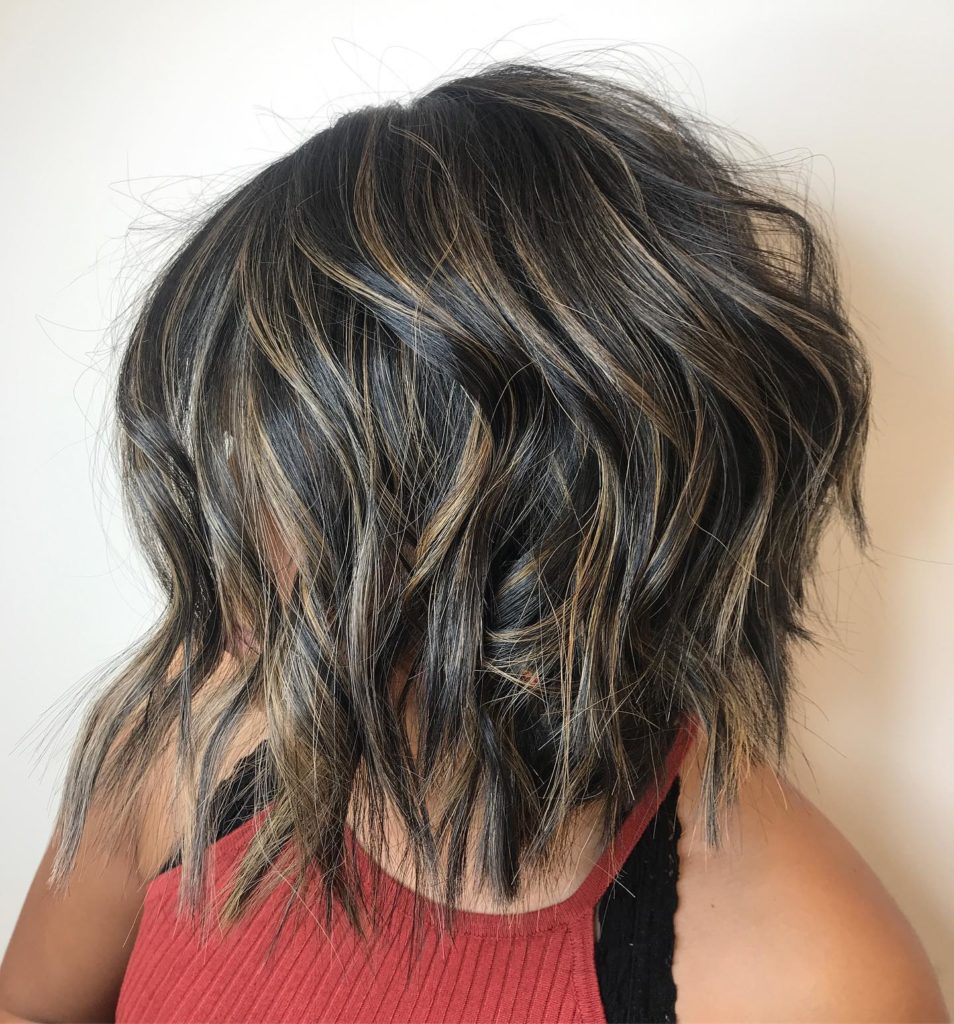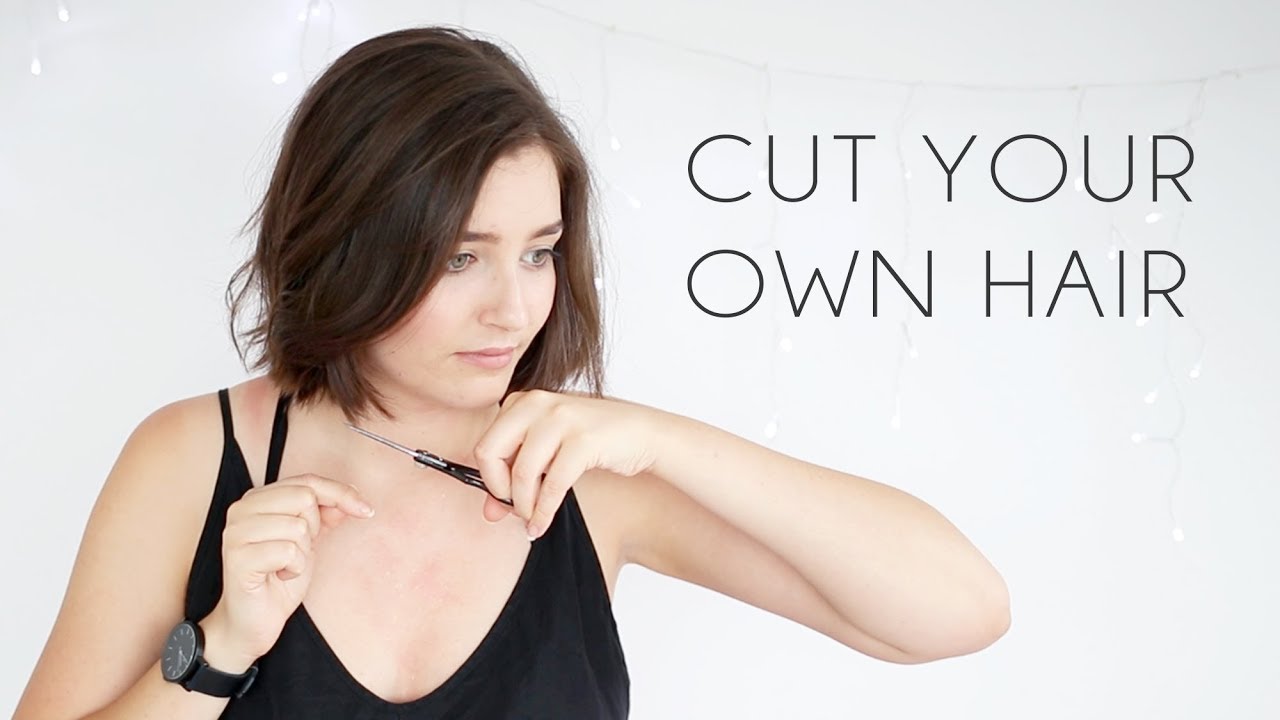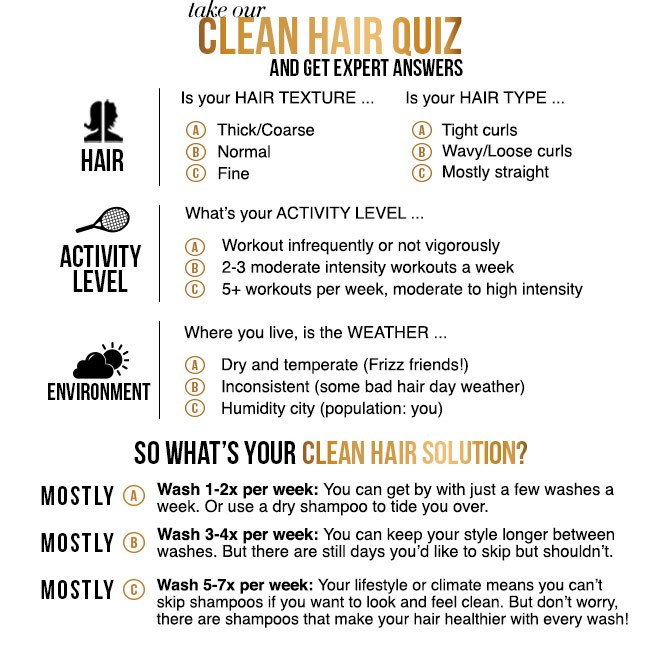Table Of Content

As you can see, with a few tips and tricks, cutting your own hair may be quite easy if you do not plan extra big changes in your appearance. Trimming split ends or creating layers if often successful, not every short self-haircut done at home will look fabulous, though. Do not let your free cut turn into an expensive correction and do head to your stylist every time you contemplate something professional-looking. It goes without saying that different hair types require different techniques. If you have afro-textured or curly hair and like to wear it natural, do not cur your own hair in straight lines – is not going to have the desired effect.
How to trim your hair wet
And, for those going for a pixie cut, get some good clippers and a few different size attachments. Then, making sure the hair is all combed out as smoothly as possible, and using your fingers as a guide, either just cut straight across the ends, or use little vertical snips to cut across the ends. If you like to toss your hair around or switch up your parting frequently, settle on a center parting. Once you've identified and cleaned up your parting, use the edge of your cutting comb to section your hair from about half an inch behind the ears.
Cutting All-Over Shaggy Layers
Once you've finished on each side, you should see your results taking shape. Once your guide is cut in the center, return to your natural parting and let that starting point guide you down to other tiny subsections on each side. While cutting one side will always feel more natural, slide cutting prevents the other side from feeling extremely foreign and more prone to significant mistakes. To maintain a short pixie style, Kaye uses clippers, shears and lots of clips (and patience) on her semi-relaxed hair. Parting hair evenly, clipping hair back tightly and carefully combing through hair is crucial for this precise cut. If you want to cut your lob, bob or shoulder-length hair, this method involves bringing hair to the front and securing with small elastics before trimming off ends.
Equinox International Barber Hair Cutting Scissors/Shears - 6.5 Inches
"Use the comb as a guide for a straight line, then cut upwards with the scissors." But whatever you do, be patient and keep your cuts minimal. Otherwise, you might wind up cutting your bangs way shorter than you anticipated. Marjan warns that trying to cut new bangs or face-framing layers is a surefire path to regret, but trimming existing ones is far easier. She advises sectioning your hair in a triangle as seen in this video of hers. When parting hair like this, Marjan likes to use the arches of her eyebrows as a guide to determine the outermost edges of the section.
Then, a hand-held mirror is useful to check the back of your hair. You’ll also need a few sturdy hair clasps, bobbles, and a water spray for keeping your hair damp while trimming. First, use the fine tooth end of your cutting comb to bring forward a small quarter-inch section of hair from each side of your natural parting.
A Lazy Girl's Guide to Long Hair - https://verilymag.com
A Lazy Girl's Guide to Long Hair.
Posted: Wed, 19 Dec 2018 08:00:00 GMT [source]
To DIY the so-called ponytail haircut, simply scrape your hair into a pony at the front of your head, comb the ponytail, and chop the tips off straight across with scissors or clippers. Some point-cutting added, and voila – you have a haircut with long layers! This works for hair of almost any length, starting from lob cuts and ending with mermaid locks. This style is layered with bangs, but you can also just trim the ends of your hair using the same technique.
Layering Short Hair
Tips for Cutting and Coloring Your Own Hair at Home in 2020 - Self
Tips for Cutting and Coloring Your Own Hair at Home in 2020.
Posted: Tue, 07 Apr 2020 07:00:00 GMT [source]
Bring hair to the front and snip at an angle or straight, depending on if you prefer a rounded or blunt shape to your cut. Layers are a timeless look that gives your hair a chic and professional style. And believe it or not, you can easily do this style yourself right at home—no previous training or experience required. Keep reading for a full tutorial on how to layer-cut your hair and get the best results. Experts suggest that at-home haircuts should be done on dry hair.
My face shape is square, and for best results, I typically like front layers to accentuate my cheekbones. Whether you want to go short or add layers, follow these pro tips. But obviously over the past twelve months, we've had to take matters into our own hands (some of you have even been brave enough to learn how to dye your own hair). Now that salons are back open, we have access to the professionals again, but most salons are booked up for months (can you blame them?). So even though you might have managed to get an appointment booked in, it may not be for a while.
Trim one section at a time
With this in mind, I will start the layers between my cheekbones and chin. Starting just below the chin will always be your safest bet if you have extra long hair. No matter your hair length or face shape, you never want to start your face-framing layers above the cheekbones or nose level.

The most important part of this step is making sure that the line between the section that you’ve tied up and the hair you’ve left down is super straight and symmetrical. Once you’re happy with the line, chop the bulk of the loose hair off with scissors and then shave it with clippers. For those brave enough to do the twist technique on a larger scale, it can also be used for a DIY stacked bob haircut. Take the back section of your hair, twist it taut and, once again, chop the end off.
Her work has appeared on The Zoe Report, Fashionista, and StyleCaster. "These lengths are more challenging to trim on your own," warns Brook. "I would get a partner to help you trim since the angles of these styles are hard to reach on your own." Next, gather it all into a ponytail on the forehead, securing with a ponytail holder.
Sure, depending on your hair texture, your stylist might wet your hair before cutting it. And while it may seem tempting to replicate that salon experience and follow the same approach when cutting your hair at home, Fitzsimons says it's not necessarily the best option. Wet hair allows stylists to achieve precise lines, but it's important to remember that they have had professional training. Before we get into why you’re here — to learn how to cut your own hair in the comfort of your own home — it’s important to note how much we’d rather you see your hairstylist.

If you have straight or wavy hair, Arrunategui suggests smoothing out your hair first with a flat iron. Even if your hair is straight, you may have a cowlick, dents from the way you slept on it, or kinks at the roots from not washing your hair. The idea is to get the hair smooth and dry so that no ridges form or hair shrinks up. But before you whip out those craft scissors (please, don't!) or scour YouTube for a "how to cut your own hair" video, try some of this advice from professionals who know best.
This will leave the hair at the nape of your neck short with the hair on either side gently fading into longer lengths. Watch almost any DIY haircut video on YouTube and you’re bound to see women pulling their hair into bobbles left, right, and center. The days of Mom putting a bowl on your head and cutting around the edge are well and truly over, strategic bobble placement is the way forward. Once you’ve cut your hair straight across, you may find that your hair looks a little heavy or blockish. One of the possible ways to lighten the look is to make a few vertical snips into your hair. If you want to take some of the weight out of your hair, you’ll need a pair of texturizing shears (also known as thinning or layering scissors).







